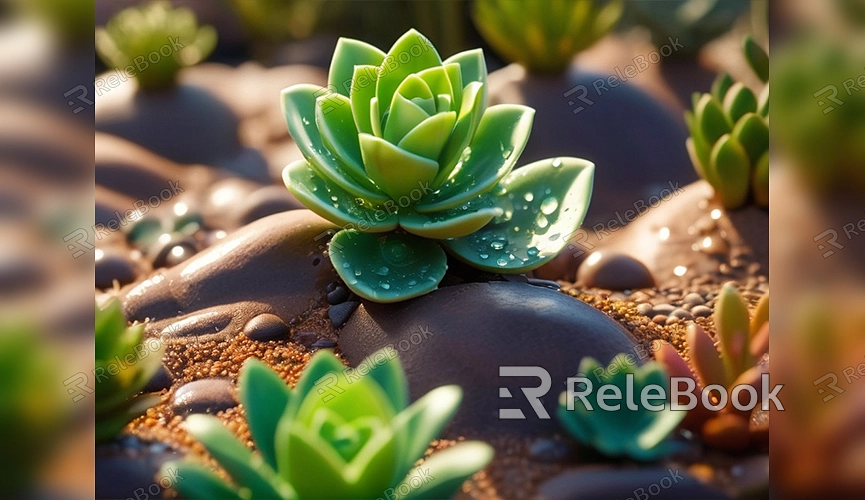How to Render in Blender Without Fuzziness
When rendering in Blender, unwanted fuzziness can affect the clarity and detail of your final image. Whether you're aiming for precise product visualization or showcasing architectural models, avoiding fuzziness is key to enhancing render quality. This article will provide a comprehensive guide on how to render in Blender without fuzziness, helping you achieve clearer and more refined results.
What is Fuzziness?
In 3D rendering, fuzziness typically refers to areas of the image that appear unclear or out of focus. This fuzziness can result from various issues, such as improper sampling settings, incorrect focal depth, or inaccurate lighting calculations. While fuzziness can sometimes be intentionally added, such as in depth of field effects, it can also be caused by improper rendering settings.

How to Avoid Rendering Fuzziness
To avoid fuzziness in your Blender renders, you need to carefully adjust the following key parameters:
Increase Sampling
Sampling quantity directly impacts the clarity of the rendered image. Low sampling rates may cause noise or fuzziness, while increasing the number of samples can enhance image detail and sharpness. To adjust sampling settings:
1. Open the "Render" settings panel in Blender.
2. In the "Sampling" section, increase the sample count under the "Render" settings. For static images, it's generally recommended to set the sample count between 500 and 1000. For animations, higher sampling rates also help reduce noise.
Adjust Focal Depth and Depth of Field Settings
While depth of field can add realistic visual effects to your render, incorrect focal settings may cause unwanted fuzziness in parts of the image. To ensure all key details are clear:
1. Select the camera object in Blender and open the camera settings panel.
2. In the "Depth of Field" section, disable depth of field effects or adjust the focal point to focus on key areas of the image, ensuring these areas are sharp and clear.
Use Anti-Aliasing Techniques
Anti-aliasing is a technique used to reduce jagged edges in an image, making edges smoother and helping to avoid fuzziness. To optimize anti-aliasing in Blender:
1. Open the "Render" settings panel and find the "Anti-Aliasing" option.
2. Select an appropriate anti-aliasing level; generally, 4x or 8x anti-aliasing provides a good balance between image clarity and render time.
Adjust Lighting and Material Settings

Lighting and material settings are also crucial in rendering. Incorrect lighting can cause an image to be too bright or too dark, obscuring details and causing fuzziness. To avoid this:
1. Open the "World" settings panel in Blender and adjust the environment light intensity to match the overall brightness of the scene.
2. In the "Material" settings panel, optimize the roughness and reflectivity of materials to ensure accurate and undistorted light reflections on surfaces.
If you need high-quality 3D textures and HDRI for creating models and virtual scenes, you can download these resources for free from [Relebook](https://textures.relebook.com/). These resources can help further optimize your lighting and materials, improving render results. For beautiful 3D models, you can also download them from [Relebook](https://3dmodels.relebook.com/), which offers a wide range of premium 3D resources.
Adjust Resolution and Output Settings
Finally, resolution and output settings also impact image clarity. Low resolution may lead to fuzziness, especially when viewed up close. Therefore, ensure appropriate resolution settings before rendering:
1. In the "Output Properties" panel, set the resolution to a higher value, such as 1920x1080 or higher, to ensure image detail remains sharp.
2. Choose an appropriate file format, such as PNG or TIFF, which can preserve more image details.
Avoiding fuzziness in Blender rendering requires careful consideration of sampling, focal depth, anti-aliasing, lighting, and resolution settings. By adjusting and optimizing these parameters, you can achieve clearer, higher-quality render images. Remember, if you need high-quality 3D textures and HDRI, you can download them from [Relebook](https://textures.relebook.com/), and for exquisite 3D models, visit [Relebook](https://3dmodels.relebook.com/). Relebook offers a wealth of premium 3D resources to help you achieve better rendering results..

